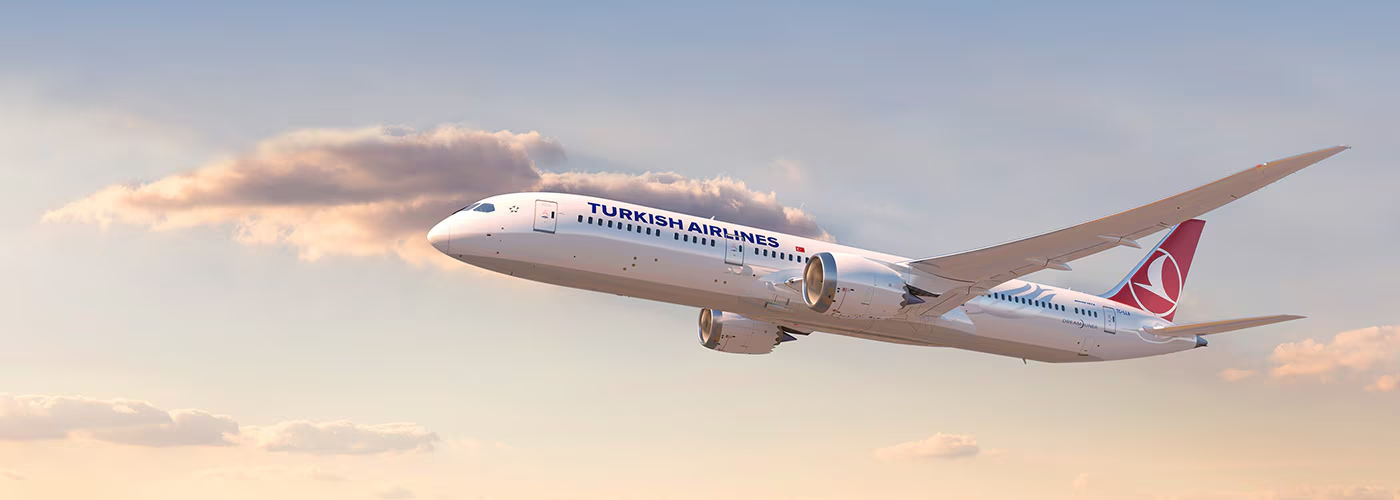Types Of Aircraft Icing And Its Effects On Flights
In-Flight Airframe Icing occurs when supercooled water freezes on impact with any part of the external structure of an aircraft during flight. Let’s figure out the types of aircraft icing and its effect on flights.
The way ice builds up on aircraft
There are two types of ice buildup on aircraft: the first type is ground ice which builds up when the plane is on the ground from precipitations that fall on the upper surface of the plane and freeze such as when you leave your car out overnight. The ice covers the upper surface of the plane’s wing and tail. This type of ice can be managed by de-icing the plane with a fluid [typically propylene glycol] at the airport.

The second type is flight ice, which is formed when the plane is flying by clouds and formed by small liquid water droplets. These small droplets are still liquid if it keeps under freezing point If the water of droplets is clear and nothing happens to lead to their being frozen.
How icing causes a problem for the plane
In Winter, the water temperature may reach negative 40 degrees C, and while the plane is flying through clouds and the droplets of water find a surface to freeze on, definitely on the frontal surfaces: the leading edge of the wings, the nose, and the tail surfaces. There are systems to prevent or remove this ice by preventing the ice to freeze before breaking off by using pneumatic boots that inflate to crack the ice. The anti-icing system impedes ice from forming by blowing hot air from within the compressor of the engine.

The ice reforms the wings and tail, parts producing the lift of the plane. The ice changes the aerodynamics of the wing; lift becomes less and drags increase. The amount of lift in the wing depends on the angle of the airflow, as you increase that angle – the angle of attack – you generate more and more lift. In some cases, the air does not float at the upper surface, which causes an aerodynamic stall. If the surface falls with slight roughness as sandpaper, this reduces the lift. Icing contributes at occurring about 9.5% of fatal air carriers accidents.
Types of icing
Clear Ice
Or glaze ice, a cover of glassy ice is formed when the airplane is flying through supercool water droplets as cumuliform clouds and freezing rains. It spread randomly on the surface of the tail and the wings.

Rim Ice
Obscure ice or white milky ice deposits from the ice shaped when the airplane flies through filmy clouds and depends on the supercool small water droplets.

Mixed Ice
This type is a mix of the rim and clear icing. Large and small supercooled droplets. Its shape is whitish, irregular, and rough. Best conditions include liquid and frozen particles found in the colder portion of the cumuliform cloud and wet snowflakes. Mixed ice can accumulate rapidly and is difficult to remove.

Sources
- scientificamerican
- www.weather.gov
- thepointsguy (Cover Image)
You might also like:
- Solo Female Travel became an essential need
- FAA Chief satisfied after testing the 737 Max
- A Battle Of Stealth: F-22 vs F-35
- Malaysia Airlines Revolutionizes Passenger Experience with Free WiFi for All Cabin Classes
- EGYPTAIR Welcomes Its First Airbus A321neo to be the First African Operator of the Aircraft
Discover more from Aviation for Aviators
Subscribe to get the latest posts sent to your email.














Post Comment